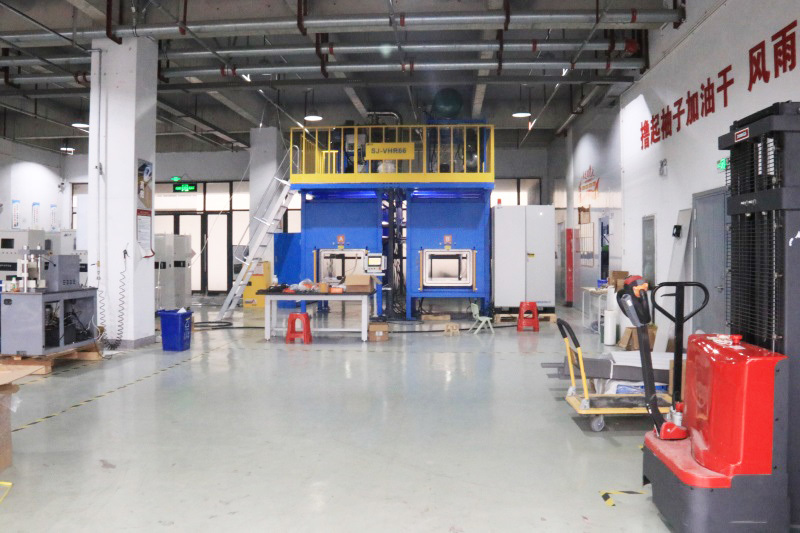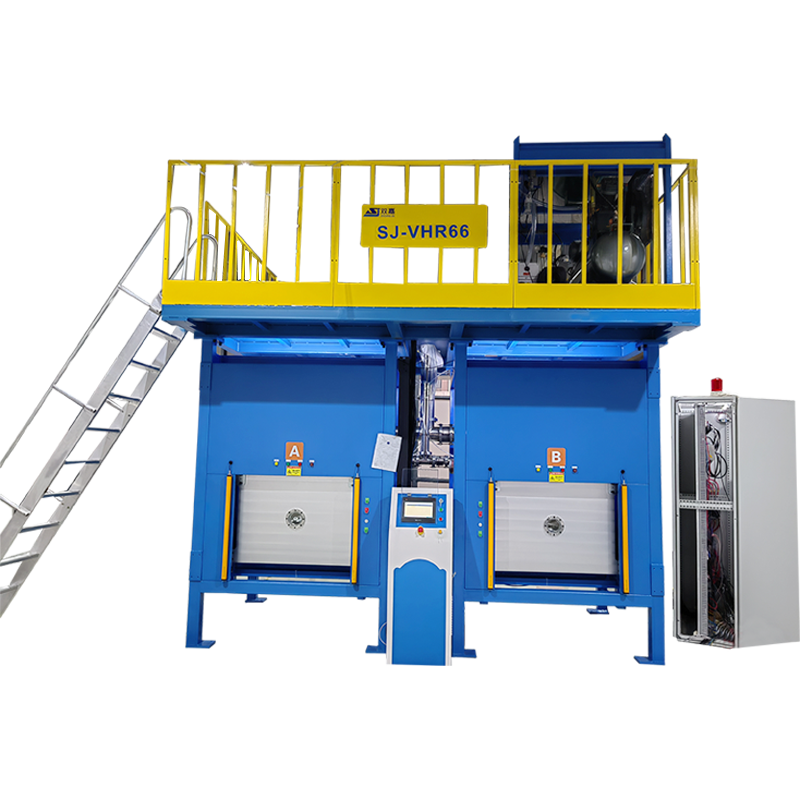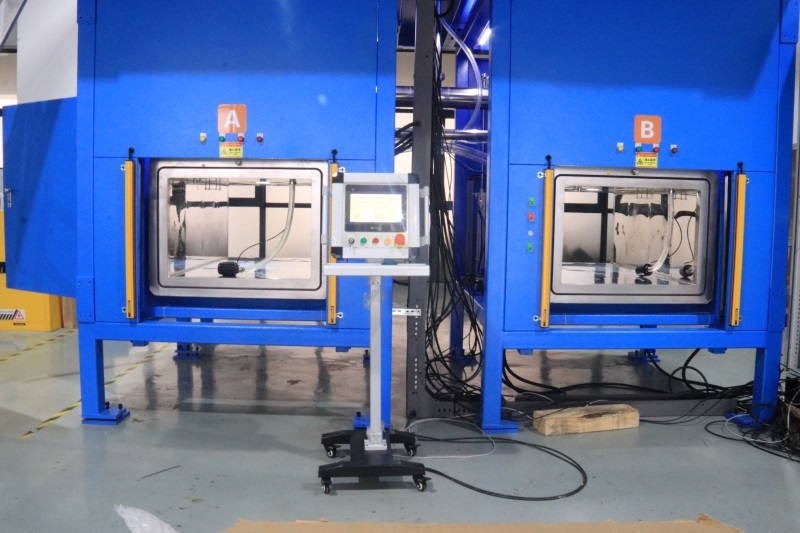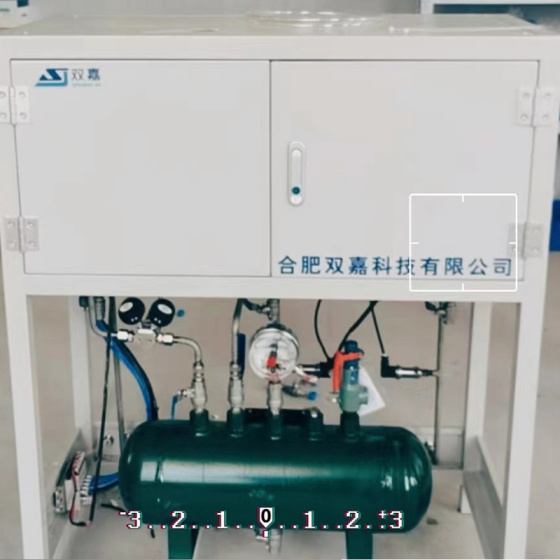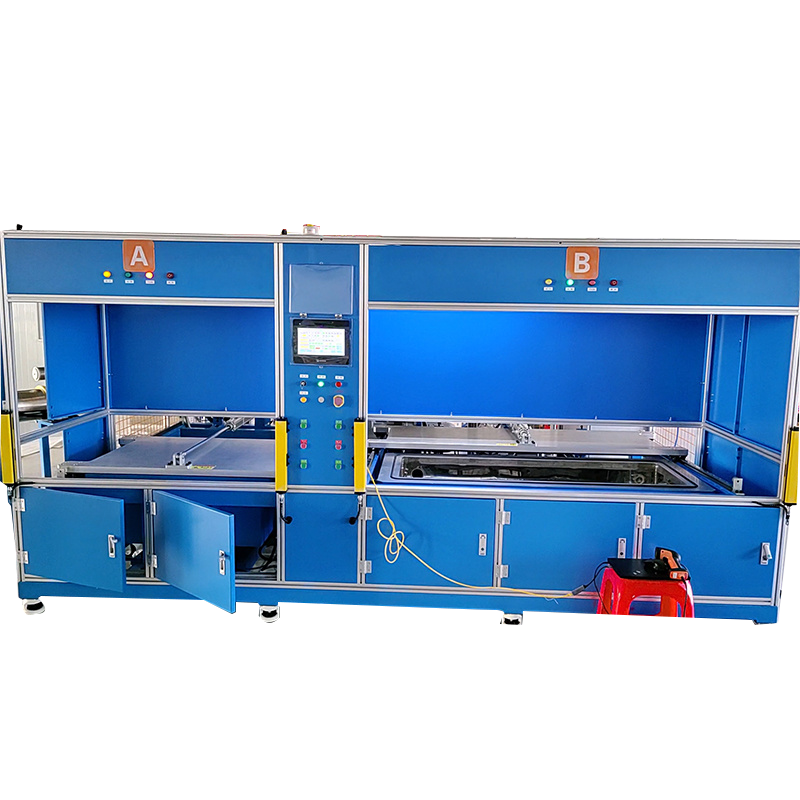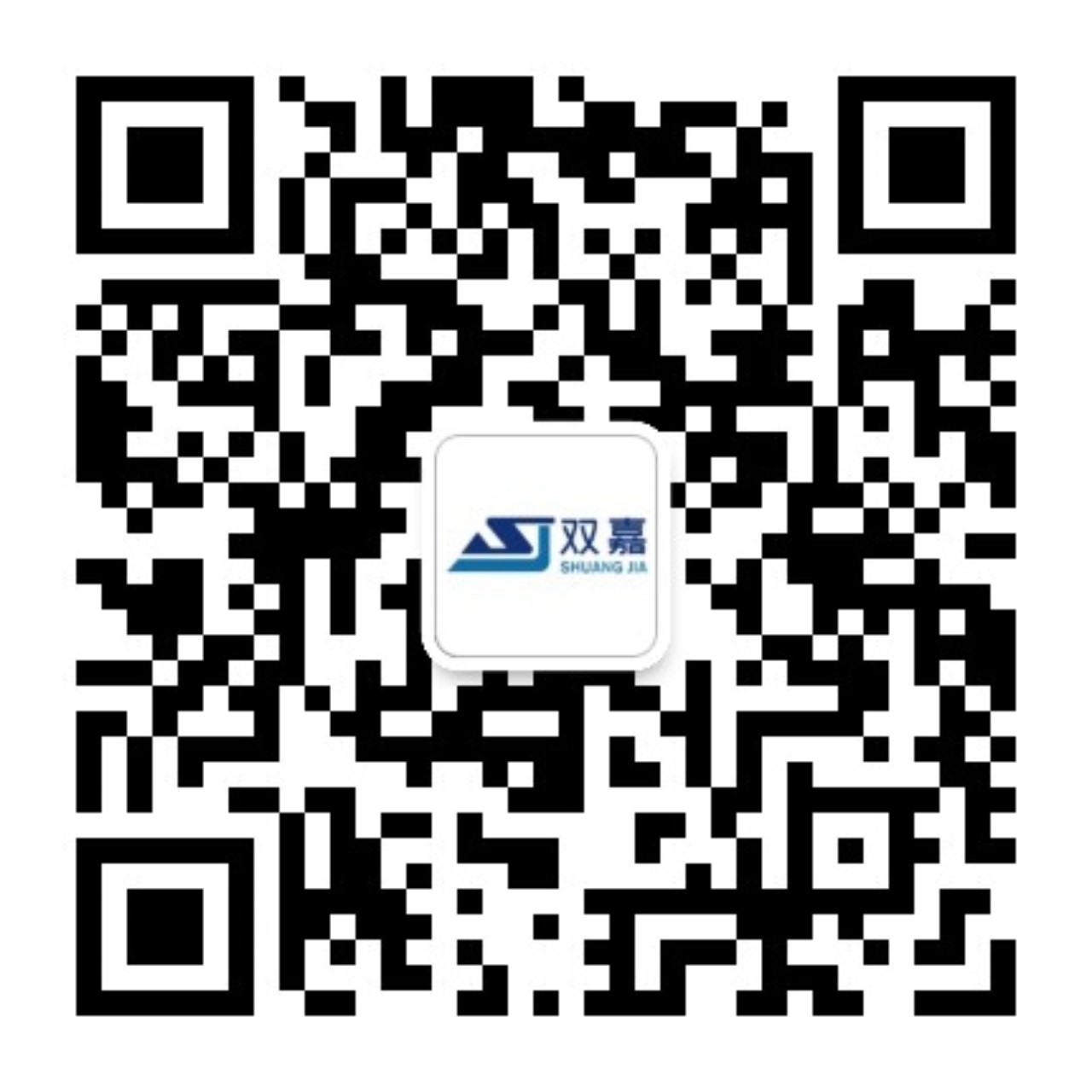Information Details
Unlocking Precision: The Role of Helium Leak Testing in Vacuum Solutions
Helium leak testing is a highly sensitive method designed to identify minute leaks in vacuum systems, packaging, and various industrial applications. The process involves the use of helium, a small, inert gas that easily penetrates tiny leaks. The fundamental principle behind this testing technique is that helium is introduced into the test object under vacuum conditions. A mass spectrometer or a
Release time:
2025-06-23
Helium leak testing is a highly sensitive method designed to identify minute leaks in vacuum systems, packaging, and various industrial applications. The process involves the use of helium, a small, inert gas that easily penetrates tiny leaks. The fundamental principle behind this testing technique is that helium is introduced into the test object under vacuum conditions. A mass spectrometer or a leak detector is then employed to measure the concentration of helium outside the object. This allows for precise detection of leaks that other methods might miss.
One of the primary advantages of helium leak testing is its sensitivity. It can detect leaks as small as 10^-9 mbar·L/s, which is critical for applications where even minute leaks can lead to product failure or contamination. For instance, in the pharmaceutical and food packaging industries, maintaining an airtight seal is crucial for product safety and efficacy. Helium leak testing ensures that packaging meets stringent regulatory standards and quality assurance protocols.
In addition to its sensitivity, helium leak testing offers speed and efficiency. The process can often be completed in a matter of minutes, allowing for rapid testing during the production cycle. This rapid turnaround is particularly beneficial in high-volume manufacturing environments where downtime can be costly. With the use of automated leak detection systems, companies can integrate helium leak testing seamlessly into their production lines.
Moreover, helium leak testing is versatile and applicable to a wide range of materials, including metals, plastics, and ceramics. This adaptability makes it a preferred choice across various industries, from aerospace to automotive, and from electronics to medical devices. The ability to test different materials without compromising their integrity is a significant benefit, allowing manufacturers to maintain high standards of quality across diverse product lines.
When considering a vacuum solution that incorporates helium leak testing, it is essential to assess the specific requirements of your application. Factors such as the size of the test object, the expected leak rates, and the production environment can influence the choice of equipment and the testing process. Engaging with experts in the field can provide valuable insights and help tailor a solution that meets your operational needs.
In conclusion, helium leak testing presents a robust solution for ensuring the integrity of vacuum systems. Its unmatched sensitivity, efficiency, and versatility make it an indispensable tool for professionals in the packaging and instrumentation sectors. By leveraging this technology, businesses can enhance product quality, comply with regulatory standards, and ultimately achieve greater customer satisfaction.
One of the primary advantages of helium leak testing is its sensitivity. It can detect leaks as small as 10^-9 mbar·L/s, which is critical for applications where even minute leaks can lead to product failure or contamination. For instance, in the pharmaceutical and food packaging industries, maintaining an airtight seal is crucial for product safety and efficacy. Helium leak testing ensures that packaging meets stringent regulatory standards and quality assurance protocols.
In addition to its sensitivity, helium leak testing offers speed and efficiency. The process can often be completed in a matter of minutes, allowing for rapid testing during the production cycle. This rapid turnaround is particularly beneficial in high-volume manufacturing environments where downtime can be costly. With the use of automated leak detection systems, companies can integrate helium leak testing seamlessly into their production lines.
Moreover, helium leak testing is versatile and applicable to a wide range of materials, including metals, plastics, and ceramics. This adaptability makes it a preferred choice across various industries, from aerospace to automotive, and from electronics to medical devices. The ability to test different materials without compromising their integrity is a significant benefit, allowing manufacturers to maintain high standards of quality across diverse product lines.
When considering a vacuum solution that incorporates helium leak testing, it is essential to assess the specific requirements of your application. Factors such as the size of the test object, the expected leak rates, and the production environment can influence the choice of equipment and the testing process. Engaging with experts in the field can provide valuable insights and help tailor a solution that meets your operational needs.
In conclusion, helium leak testing presents a robust solution for ensuring the integrity of vacuum systems. Its unmatched sensitivity, efficiency, and versatility make it an indispensable tool for professionals in the packaging and instrumentation sectors. By leveraging this technology, businesses can enhance product quality, comply with regulatory standards, and ultimately achieve greater customer satisfaction.
helium leak testing vacuum solution
Latest Blog


